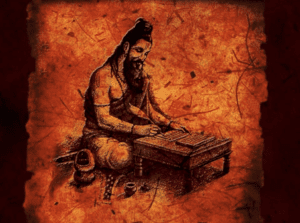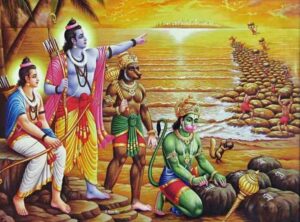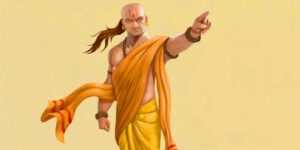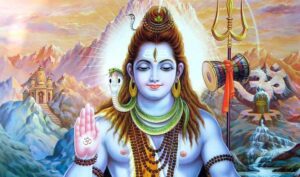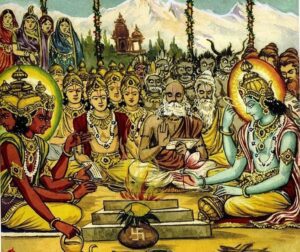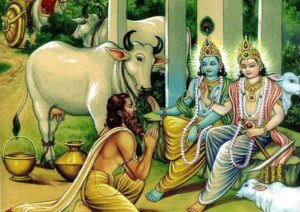Shri Shiv Chalisa
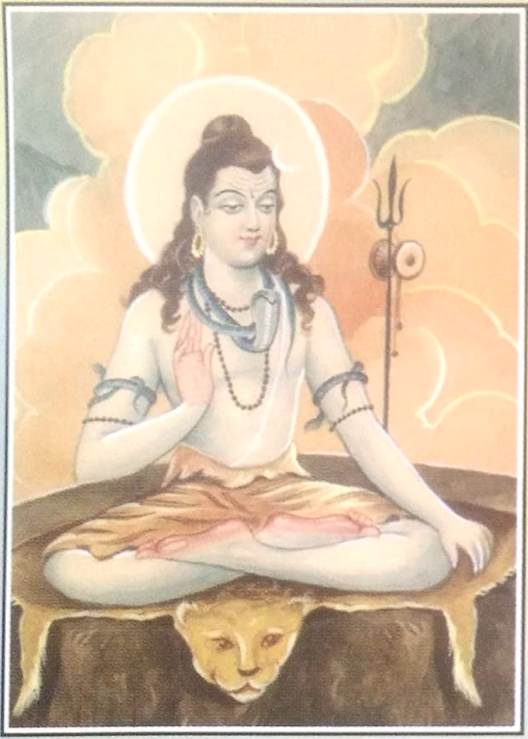
Read or Download Shri Shiv Chalisa
Shri Shiv Chalisa: A Mystical Ode to Lord Shiva’s Cosmic Glory
In the vast tapestry of Hindu devotional literature, the Shiv Chalisa stands as a luminous hymn dedicated to Lord Shiva, the cosmic ascetic and the embodiment of the eternal reality. Comprising forty verses, this mystical composition serves as a poetic journey into the multifaceted realms of Shiva’s divine attributes, symbolizing creation, preservation, and dissolution. As devotees chant the Shiv Chalisa, they embark on a soulful expedition, unraveling the cosmic mysteries and immersing themselves in the transcendental essence of Lord Shiva.
Invocation of the Supreme:
The Shiv Chalisa begins with a profound invocation, setting the tone for the devotee’s sacred communion with Lord Shiva. “Jai Ganesh Girija Suvan, Mangal Mool Sujan” — the opening verses pay homage to Lord Ganesh, the remover of obstacles, and invoke the blessings of the auspicious duo, Shiva and Parvati. This celestial prelude establishes the divine atmosphere, fostering reverence and devotion.
Mystical Symbolism:
Embedded within the verses are intricate symbols that encapsulate the mystical nature of Lord Shiva. The “Tripund Tilak,” the three horizontal lines on Shiva’s forehead, symbolize the three gunas (qualities) of nature—sattva, rajas, and tamas. The serpents adorning his neck represent the Kundalini energy, the dormant spiritual force that, when awakened, leads to self-realization. As devotees chant, they unravel the layers of symbolism, deepening their understanding of Shiva’s cosmic dance.
The Dance of Creation and Destruction:
Central to the Shiv Chalisa is the celebration of Shiva’s cosmic dance, the Ananda Tandava. “Jata Kataha Sambhramabrama Nillimpa Nirjari” — the verses vividly describe the wild flow of Shiva’s matted locks, the cosmic river Ganga flowing from his hair, and the flames of destruction emanating from his third eye. This dance symbolizes the eternal cycles of creation, preservation, and dissolution—a rhythmic cadence that sustains the universe.
Attributes of the Divine:
As the verses unfold, they paint a kaleidoscopic portrait of Shiva’s divine attributes. From his ash-covered form to the resounding beat of his celestial drum, the Shiv Chalisa captures the essence of Shiva’s transcendental nature. Each attribute becomes a doorway for the devotee to connect with different facets of the divine, fostering a sense of awe and surrender.
Devotion and Surrender:
Woven into the fabric of the Shiv Chalisa is an undercurrent of deep devotion and surrender. “Prem Bhakti Kalpa Taru, Prem Sewa Sagarsar” — these verses affirm the transformative power of love and devotion, describing Shiva as the wish-fulfilling tree of divine love and the ocean of compassion. The Chalisa becomes a medium through which devotees express their heartfelt devotion, seeking refuge in the boundless love of Lord Shiva.
The Symbolism of Rudraksha:
The mention of Rudraksha beads in the Chalisa is not mere ornamentation but carries profound symbolism. The Rudraksha beads are considered sacred and are believed to have emanated from Lord Shiva’s tears. Wearing them is believed to provide spiritual protection and enhance the meditative experience. As the devotee chants, each bead becomes a tactile reminder of Shiva’s divine presence.
Destruction of Ego:
One of the recurring themes in the Shiv Chalisa is the idea of surrendering the ego at the feet of Lord Shiva. “Eka Bhakti Tumhi Ko Dhare, Tribhuvan Sukh Data” — the verses emphasize the potency of devotion, highlighting that by surrendering to Shiva, one becomes the recipient of joy and blessings in all three worlds. This echoes the spiritual principle that the dissolution of the ego leads to union with the divine.
Reverence for the Lingam:
The Shiv Chalisa venerates the Lingam, the iconic symbol of Lord Shiva. “Sakal Linga Roopa Mein, Ashtasiddhi Nav Nidhi Ke Data” — these verses exalt the Lingam as the embodiment of all forms, the bestower of eight siddhis (supernatural powers) and nine nidhis (divine treasures). The reverence for the Lingam signifies the formless nature of Shiva, representing the cosmic energy that transcends physical attributes.
Devotee’s Aspiration for Grace:
As the Chalisa progresses, it articulates the devotee’s yearning for the grace of Lord Shiva. “Jai Jai Jai Anant Avinashi, Karat Kripa Sab Ke Ghat Vasi” — the repeated chants of victory and praises beseech Shiva’s infinite and imperishable nature, seeking his benevolence to reside in the hearts of all. This aspirational aspect of the Chalisa reflects the devotee’s desire for spiritual upliftment and divine blessings.
Continuity of Tradition:
The Shiv Chalisa is not confined to the pages of ancient texts; it lives on through oral traditions, devotional gatherings, and musical renditions. Various artists and musicians have lent their voices to the Chalisa, creating diverse interpretations that resonate with devotees of different backgrounds. The continuity of this tradition ensures that the divine vibrations of the Chalisa permeate through generations, creating a timeless bridge between the mortal and the divine.
Conclusion:
In the verses of the Shiv Chalisa, devotees embark on a mystical journey, transcending the ordinary and diving into the cosmic ocean of Lord Shiva’s divine glory. It is not merely a hymn; it is a conduit for spiritual communion, a melodic expression of devotion, and a guide through the cosmic dance of creation and dissolution. As the devotee chants, they become part of a timeless tradition, resonating with the vibrations that echo through the cosmos. The Shiv Chalisa, with its poetic beauty and mystical fervor, remains a cherished hymn, inviting seekers to immerse themselves in the boundless ocean of Shiva’s grace, where time dissolves, and the eternal dance of consciousness unfolds.
